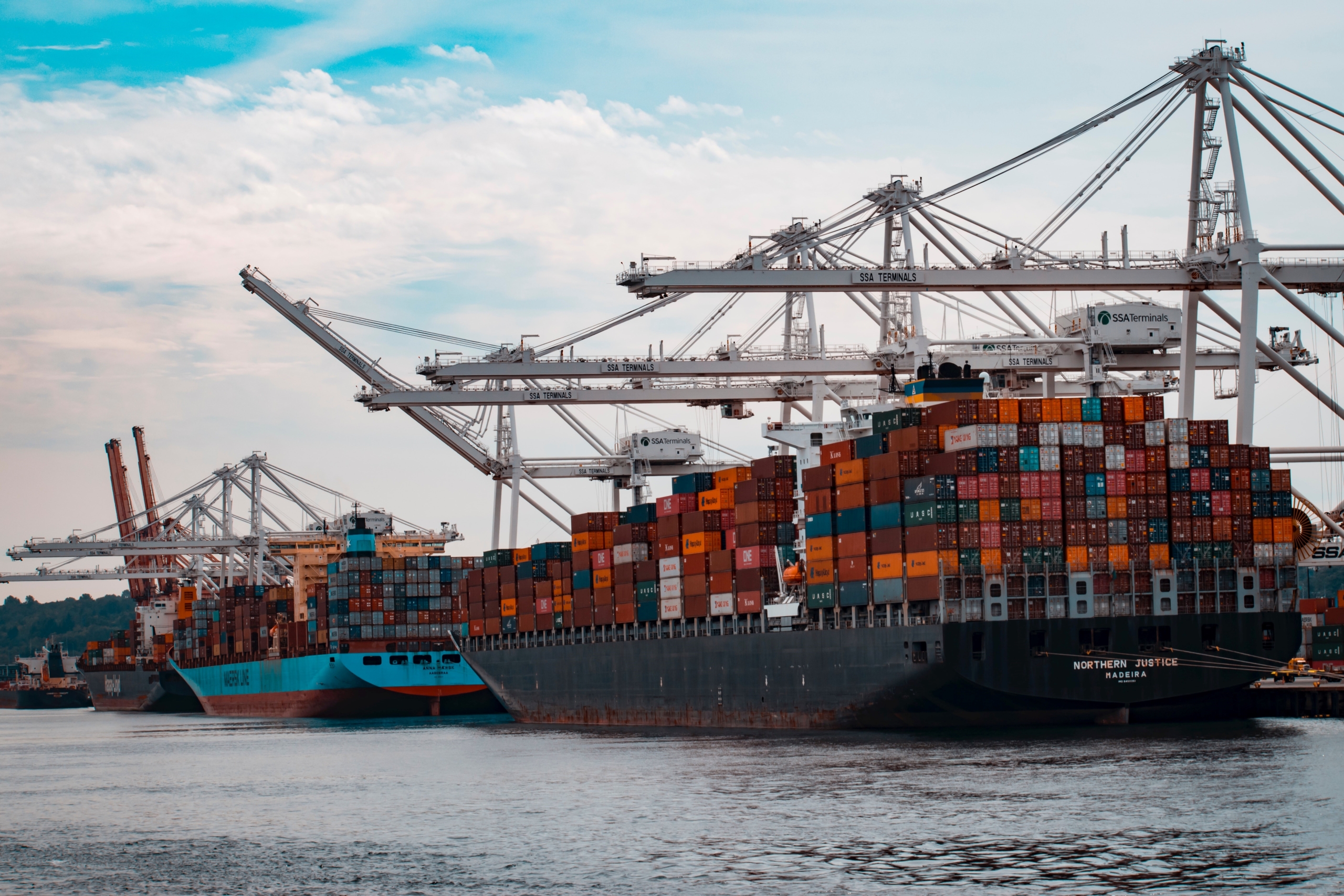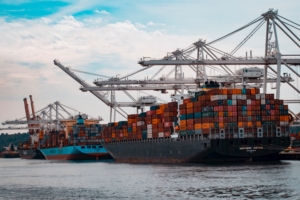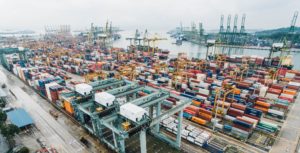West Coast Port Congestion Increasing
According to an article in Food Logistics, cargo movement data tracked by Project 44, indicates that port congestion has increased again across all four major Southern California ports (Hueneme, Los Angeles, Long Beach, and San Diego). The report also claims that 41 vessels are currently anchored outside of LA and Long Beach awaiting berth space, while 33 vessels are currently moored at both ports.
The data indicates that regional ports are rallying by handling record volumes of containers as shippers rush to get products to warehouses and store shelves in time for the Holiday Peak Shopping Season.
According to Project44:
- Industry experts attribute the latest surge to proactive shippers, who are bolstering their inventories in preparation for the holiday season. However, processing the influx of containers across west coast ports is running up against capacity issues facing North American rail and road carriers, as inland congestions tacks on additional delays
- Despite the record number of containers being processed at the Port of LA and Long Beach, the rail and road infrastructure on the West Coast is preventing the efficient removal of containers out of the port
- The average weekly dwell times at LA and Long Beach have dropped by nearly 3 days last week indicating a strong rally to handle the backlog of container vessels
- Blank Sailings to Long Beach connecting Chinese manufacturers to U.S. businesses are not showing significant changes, signaling that carriers are either confident of the port’s ability to process the box volume, or that there are simply no other alternatives
- And finally, the capacity/volume mismatch between maritime ports and overland transport could get worse in the weeks and months ahead, setting the stage for another breaking point in supply chains
It’s obvious that some importers have taken the steps to order early in hopes of “beating the holiday rush”, however even these importers will be experiencing delays in the actual arrival of much of their goods.
Reach out to us today to learn how we can help you get your goods where they need to go and on-time.











